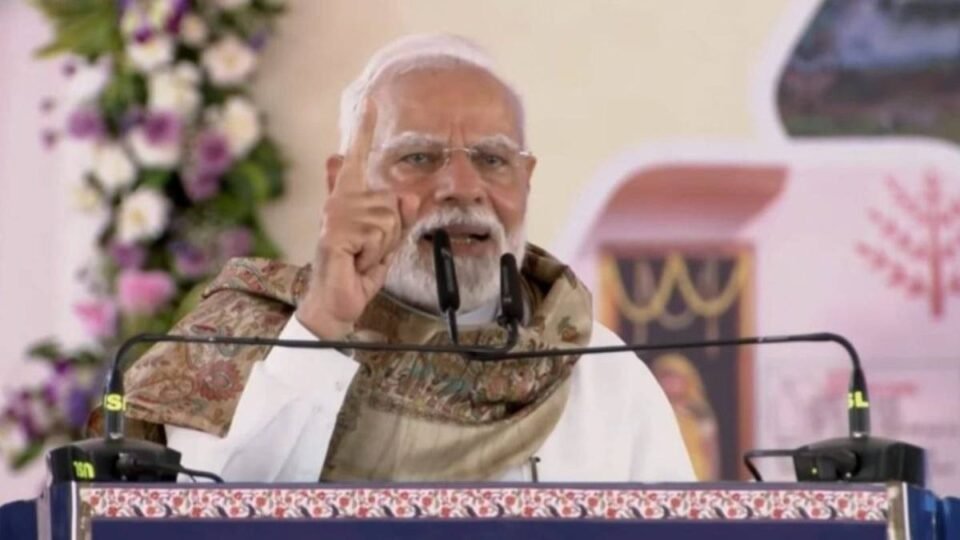Prime Minister Narendra Modi held a roadshow in Bihar’s Motihari on July 18. He was accompanied by Bihar Chief Minister Nitish Kumar and Deputy Chief Ministers Vijay Kumar Sinha and Samrat Chaudhary. It was his stole that caught attention on social media. The Prime Minister braved the harsh weather of Bihar by donning the special shawl. The Bhagalpuri silk stole featured Madhubani print motifs.
As the name suggests, the silk originates from the city of Bhagalpur in Bihar. It is also popularly referred to as Tussar silk. Unlike commercial silks, Bhagalpuri silk is handwoven from the cocoons of wild silkworms, giving it a distinctive coarse texture and a rich, earthy appearance.
Apart from being handwoven, what makes Bhagalpuri silk distinctive and special is that its eco-friendly production. As per reports, the silk is produced through traditional, non-violent methods that often allow the silkworm to complete its life cycle. Apart from this, the silk artisans also employ an age-old technique to dye, treat, and weave the silk, which is special to that particular community. From being a local delight, the Bhagalpuri silk has now made its name globally and is exported worldwide. The fabric has also made it to the fashion runways internationally.
PM Modi’s shawl at Bihar’s roadshow paid homage to two of Bihar’s traditions – Bhagalpuri silk and Madhubani art. The small town of Madhubani, in Bihar’s Mithila region, is the birthplace of *Madhubani painting*, one of the oldest art forms in the world. Traditionally, the paintings are done by women on mud walls and floors. However, over the years, the art form has now been seen on canvas, handmade paper, fabric, and even home decor.
Symbolically, Madhubani paintings are deeply rooted in mythology, nature, and Hindu traditions. Common themes include gods and goddesses, festivals, flora, and fauna. Natural dyes made from plants, flowers, and spices, are traditionally used for the colours of the painting. Madhubani art form has also emerged as a livelihood measure and employment opportunity for thousands of rural women, making it not just a culturally important art, but socially transformative.

